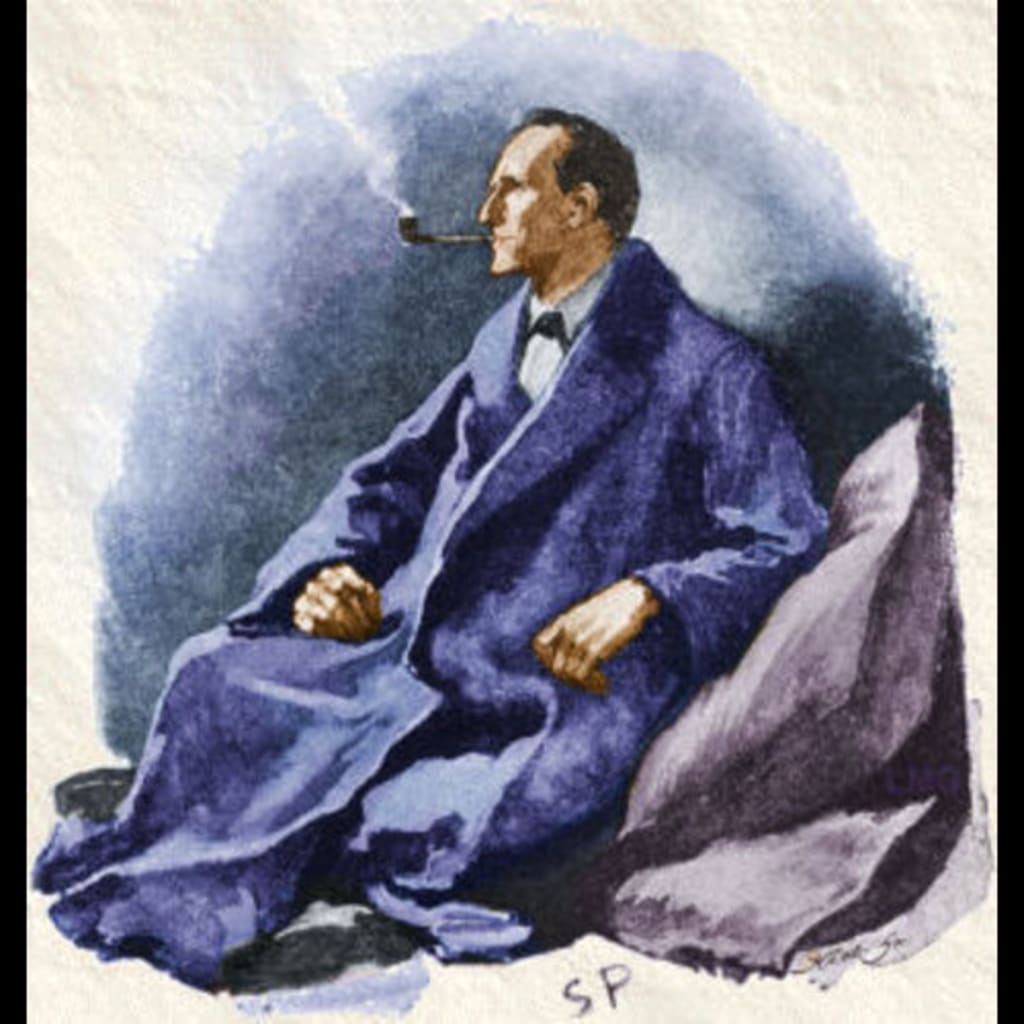Sleuthing Through Victorian Shadows: The Emergence of Detective Novels
Why did detective fiction rise in popularity in the Victorian era.

Edgar Allan Poe is widely credited with pioneering detective fiction through his creation of Le Chevalier Auguste Dupin in three short stories published in 1840. Following Poe's lead, numerous authors ventured into the realms of detective fiction, mostly in short story form, many of whose works were published in the Strand Magazine. Among these iconic characters emerged Sherlock Holmes, created by Arthur Conan Doyle, drawing inspiration from both Dupin and Doyle's own professor, Joseph Bell. The Victorian era saw a surge in detective fiction from various writers, but why?
The tumultuous waves of the Industrial Revolution during the Victorian era led to a mass migration to cities, such as London, swelling the populations seeking employment in mechanized industries. The lack of job opportunities fueled widespread poverty and desperation, resulting in increased criminal activity. In response, the London Metropolitan Police Force was established, whose aim was to prevent crime but did not follow up on any crimes committed, and so criminals got away. Consequently, the introduction of detective committees, tasked with the challenging role of investigating and solving crimes, addressed the limitations of the police force's preventative measures.
Enter the rise of detective fiction—a literary phenomenon that captured the fascination of Victorian society. With the promise of intrigue, suspense, and intellectual challenge, detective stories became a salve for the cultural thirst for crime and its detection. Authors of the era seized upon this fascination, crafting narratives that not only entertained but also offered insights into the complexities of human nature and the pursuit of justice. Within these narratives, a logical and scientific method of finding the guilty person is presented through suspenseful and mysterious tales.
Inspired by real-life crimes and imbued with the author's own experiences and expertise, Victorian detective fiction reflected the anxieties and aspirations of its time. For instance, the theft of the Koh-i-Noor diamond served as the backdrop for Wilkie Collins's "The Moonstone," a tale of mystery and deception around this notorious event. Similarly, in "The Notting Hill Mystery" by Charles Warren Adams, published under the pseudonym Charles Felix, the narrative unfolds through a series of documents, Drawing from his legal background, Adams infused the story with intricate legal procedures and investigative methods, providing readers with a fascinating glimpse into the workings of the criminal justice system of that time.
Another factor in the increased publication of detective stories would be the low cost of printing and publication. Printing had become more affordable and accessible to the masses, making it easier than ever to disseminate stories and information. A wider demographic gained access to printed material, not only as one of the primary sources of entertainment but also to allow the blurring of the lines of societal distinctions evident in cities.
Moreover, readily accessible education indirectly fueled the surge of detective fiction. The Education Act of 1870 initiated state-funded education in England and Wales, establishing elementary schools accessible to children from diverse backgrounds. This led to higher literacy rates and a broader audience for literature, including detective stories.
During the Victorian era, detective fiction experienced a significant rise in popularity. However, it was during the interwar period that detective fiction truly flourished, earning the title of the Golden Age. The legacy of Victorian sensational fiction continues to resonate in modern times, notably through iconic characters like Sherlock Holmes, whose eccentric behavior and impeccable detective skills remain celebrated today. The enduring influence of Victorian authors such as Poe and Doyle is evident in the continued use of plot twists and multiple perspectives in contemporary detective fiction, a testament to their enduring impact on the genre. Furthermore, the roots of what we now call ‘cozy mysteries’ can be traced back to the brilliant works of the Victorian era, highlighting the lasting legacy of this pivotal period in the evolution of detective fiction.
About the Creator
Alina Irfan
Get ready for a ride filled with book recs, historical tidbits, and offbeat questions! Wonder why detectives sport trench coats? Or the mysteries of Victorian beauty? Fasten your (trench coat) belts and join the ride—it's gonna be wild!
Enjoyed the story? Support the Creator.
Subscribe for free to receive all their stories in your feed. You could also pledge your support or give them a one-off tip, letting them know you appreciate their work.






Comments (1)
I adore Poe and Doyle, Sherlock is my all time Fave detective. I found this article very eye-opening, remember to note briefly when you use AI to generate historical facts. I usually do it at the end of an article. I am featuring your work on my" Talented creator spotlight". A few people usually will take a read.